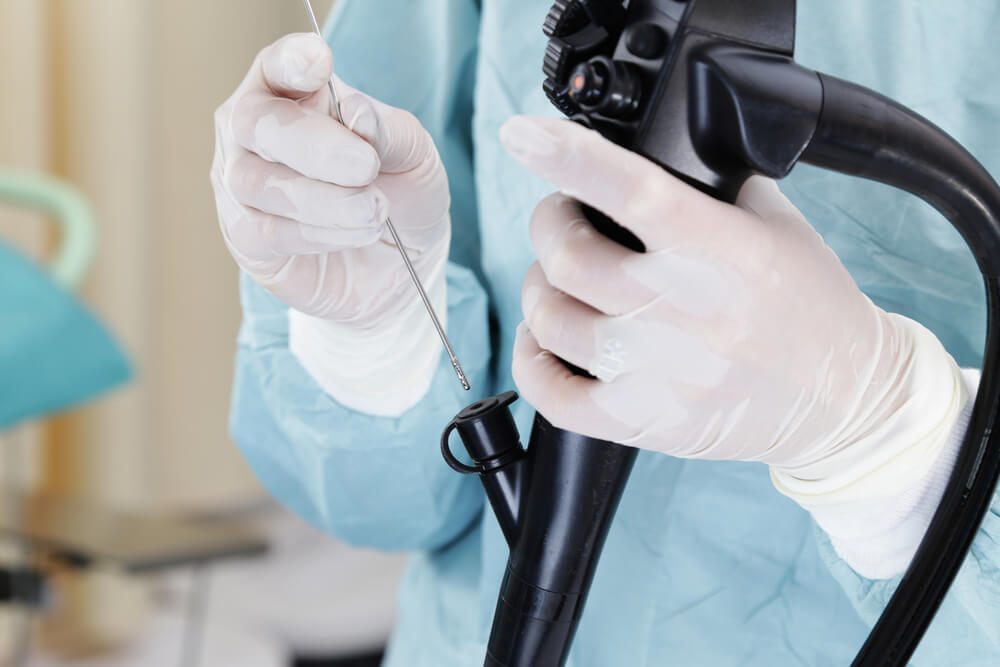Laparoscopic surgery is a type of medical procedure used to treat different conditions in the pelvic and abdominal areas of the body. Procedures such as laparoscopy are considered to be minimally invasive, meaning that little to no damage is done to the organ or the surrounding areas. Also, when a procedure is seen as minimally invasive, the recovery time is much faster, and the outcomes are more effective.
Clinics such as My OBGYN Specialists are places that offer high-quality laparoscopic procedures by experienced staff and highly successful outcomes. This said, it is essential to remember that choosing an experienced doctor for your laparoscopic surgery is crucial, so do proper research and choose carefully.
Laparoscopic surgery is also viewed as exploratory because your chosen doctor explores your pelvic area or your abdomen through incisions made for the insertion of surgical instruments. Most often, laparoscopic surgery is recommended for diagnostic purposes, to search for issues that could not be identified through imaging exams such as an ultrasound. During this procedure, the doctor might take some tissue samples to perform a biopsy afterward or to remove particular blockages and growths.
Types of Laparoscopic Surgery
Whether or not you are a good candidate for laparoscopic surgery depends on the severity of your condition. Some conditions require a more radical approach, such as open surgery, while others can be treated with minimally invasive surgery. In recent years, the laparoscopic approach has been the choice of many doctors, and the list of conditions treated in this manner is growing every day. For now, the conditions which are most often treated laparoscopically include the list below, which is in no way exhaustive:
- Fibroid removal
- Cysts and polyp removals
- Stone removal
- Biopsies
- Removal of small tumors
- Removal of ectopic pregnancies
- Testicle correction procedure (orchiopexy)
- Repair of rectal prolapse (rectopexy)
- Repair of hernia
- Endometriosis treatments
- Reconstructive surgery for vaginal and urethral areas
- Gastric bypass
- Removal of appendix
- Bladder removal (cystectomy)
- Kidney removal (nephrectomy)
- Stomach removal (gastrectomy)
- Resection of the liver
- Removal of the rectum (abdominoperineal resection)
So, when it comes to the types of laparoscopic surgery, many issues can be treated in this way. People often wonder whether the laparoscopic approach can be used for other areas, except for the pelvis and abdominal area, and the answer is simple: yes, it is just a matter of naming the probe used for different areas differently. For example, for laparoscopy, the doctor uses a laparoscope; for the chest cavity, the probe is called a thoracoscope, while for the knee area, the probe is called an arthroscope. The principle is similar in all of these approaches.
Preparation and the Procedure

Regarding the preparation steps needed to undergo laparoscopic surgery, here are some tips to help you relax and prepare at your own pace.
Almost all laparoscopic procedures are done under general anesthesia, meaning that you will need to prepare before going to the surgery. First, eight hours or more before the surgery, avoid any drinks or food to prevent vomiting during and after the surgery. Also, ensure you have someone to accompany you to and from the surgery because waking up from anesthesia can sometimes cause you to feel ill and disoriented so you will need a few days of rest.
Your doctor will also give you more information on the preparation phase, whether you need to do some additional tests and exams, so talk to them before making any decisions. After arriving at the appointment, you will be asked to remove your clothes and put on a gown. Then a medical staff member, probably a nurse, will make sure you are feeling good and ready for the surgery.
When you get to the operating room, you will lie down, and the anesthesia will be placed, due to which you will fall asleep very fast. You do not need to worry; an anesthesiologist will be there to control your vital signs and ensure you do not feel any pain during or after the procedure.
The surgery starts with small incisions on the stomach surface, either around the pelvic bone or the belly button. Carbon dioxide is pumped through the first incision, and surgical instruments called trocars are also inserted. The gas helps the doctor with the inflation of the cavity so the organs are seen much clearer on the monitor.
The gas tube then gets removed, and the laparoscope is inserted through the trocar. Using the laparoscope, the doctor can see all the necessary images in real-time and can place other surgical instruments needed to perform the procedure. There might be a few more incisions made, depending on the severity of the surgery, but in general, it is all minimally invasive, and you do not need to worry about huge incisions and prominent scars. After the surgery is done, the gas is let out, and the incisions are sewn up.
After the Procedure
You will probably wake up in the post-op recovery room, where the doctors will monitor your vital signs and take care of you after the general anesthesia. People often feel shoulder pain due to the used gas, so do not panic; it can be managed with pain medication. It will probably go away in a few days.
Patients mostly go home the day after the procedure, but it could take longer, depending on the severity of the surgery. Your chosen doctor will instruct their team and you on further steps because there is a difference between undergoing something simple as fibroid removal opposed to organ removal surgery. Listen to your doctor, and you will be fine.
After you go home:
- Make sure you clean the wound as instructed.
- Be careful what you eat.
- Do not move too much if you have had severe surgery where the wounds take some time to heal.
The average recovery time for this type of surgery is two to three weeks, but it might take longer, so be prepared for different scenarios.
Benefits and Risks of Laparoscopic Surgery

#image_title
There are many amazing advantages to this surgical approach, so laparoscopy has been the number one choice of many doctors in the past few years. The reasons for this include:
- Smaller scarring
- Less bleeding
- Small trauma to the abdominal wall
- Reduction in the levels of risk from hemorrhage
- Short hospital stay
- Low risk of infection
- Less expensive option
- Fast recovery time
- Less pain during the healing process
- Less pain management medication needed
When it comes to risks of laparoscopic surgery, there are some potential complications, including injuries caused by the trocar insertion, such as bowel and nerve injury, and a port-site hernia. When it comes to gas insertion, certain people do not respond well to it so you might face complications such as a collapsed lung, air trapped in the chest cavity and under the skin, hypothermia, etc.
As laparoscopy is a type of surgery, the patients can also face general surgical risks such as allergy to anesthesia, excessive bleeding, infection of the wound, or formation of scar tissue.
If your doctor is experienced enough, they can mitigate the risks, so do not worry too much in advance.
Contact Us!
Laparoscopic surgery is the way to go if you want to treat the conditions mentioned in the article above. Our friendly team is here to help guide you through the process, so do not hesitate and call us today!


